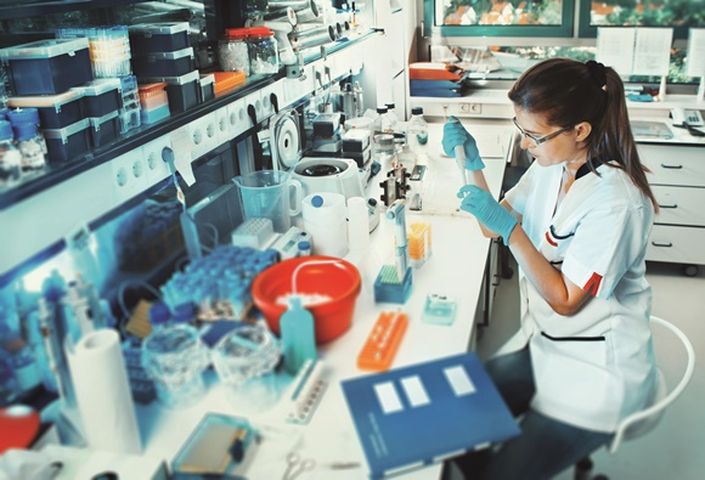Overview
An external auditor is coming to your plant. Their first impression may have a major impact on your plant's future as well as your own career. How will your plant look to that auditor? Before they even set foot in the door - what your grounds and outside facility says about your operation.
Approaching the production area – tell-tale signs that will influence the auditor's perception. Your cleanroom gowning area - how the audit could be almost over before it has even started.
It's only a utility room - why would they want to look in there? Your janitor's closet - it might as well be your front porch.
Do you follow your own rules? The auditor is noticing this very carefully - and taking notes. Can you "put your hands on it." Documents, procedures, manuals, and reports - why five minutes may be too long to change a first impression. Process and environmental control - quick impressions.
Why Should You Attend
An experienced auditor does not need to dig very far - he or she already has a mental checklist. You need to know what that is The importance of housekeeping, proper maintenance, ordeliness, and following safety rules.
The importance of visual indicators - and following them Utility rooms and custodial closets are often places to hide clutter. Some experienced auditors know that this tells them more about your systems than the clean and presentable areas.
How using the same logic as the auditors can help you be in a state of constant readiness.
Webinar Takeaway
Overview of topic:
- What the auditor is looking for and why
- The first five minutes
- Touring the plant and manufacturing area
- Entering and touring the warehouse
- Entering and touring a cleanroom
- Entering and touring lab areas
- Reviewing documents
- Reviewing the quality system
- Summary
Who Will Benefit
Managers, Supervisors, Directors, and Vice-Presidents in the areas of:
- R&D
- Manufacturing Engineering
- Design Assurance
- Quality Assurance
- Operations
- Document Control
Description
Internal and external audits are an integral part of running a medical device or biotechnology manufacturing operation. To be sure, auditors must follow standards such as ISO 13485, ISO 14971, or regulations such as 21 CFR Part 820. Additionally, an auditor has personal experiences of what a state of control looks like and has visited sufficient places to know what to look for.
Anyone in a medical device setting must be prepared for an audit at any and all times. This webinar provides insight into the kinds of clues an auditor might use in determining what areas to focus on. It isn´t intended to cover all regulations and standards. What it does cover is the general mental checklist that will influence how well an audit goes, as well as the culture and environment a company´s management must encourage so that impression is a good to excellent one.

José Mora
Principal Consultant, Atzari Consulting, LLC
Jose Mora is a Principal Consultant specializing in Manufacturing Engineering and Quality Systems. For over 30 years he has worked in the medical device industry specializing in manufacturing, process development, tooling, and quality systems. Prior to working full time as a consulting partner for Atzari Consulting, José served as Director of Manufacturing Engineering at Boston Scientific and as Quality Systems Manager at Stryker Orthopedics, where he introduced process performance, problem solving, and quality system methodologies. During that time, he prepared a white paper on the application of lean manufacturing methods to the creation and management of controlled documents and a template for strategic deployment.






